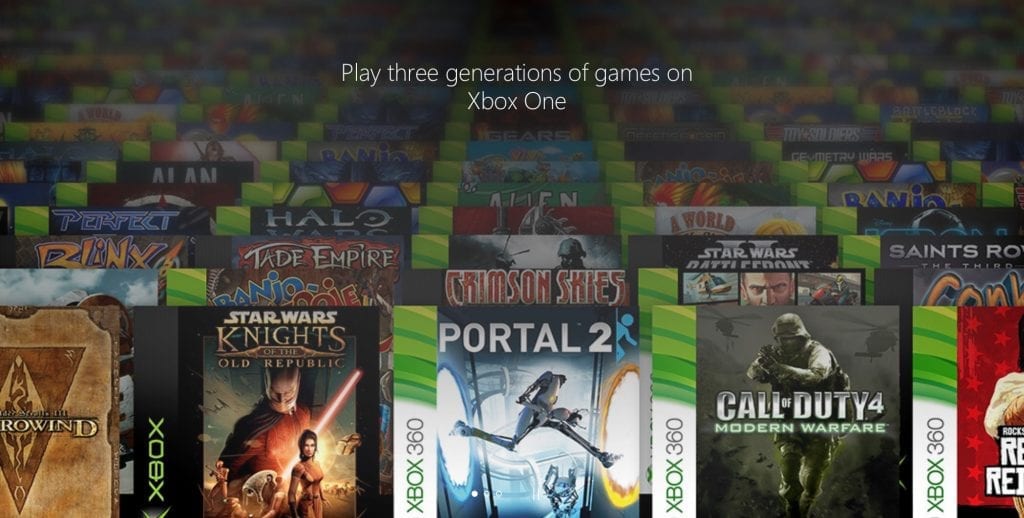
- #Backwards compatible upgrade#
- #Backwards compatible software#
- #Backwards compatible ps2#
- #Backwards compatible crack#
Because AES had to operate in TKIP mode to connect the TKIP clients. But if you enabled older non-AES capable clients to connect to your SSIDs for compatibility reasons you invalidated all that extra security.
#Backwards compatible upgrade#
People were advised to upgrade to WPA-AES as soon as possible to prevent this. TKIP was found to have a vulnerability that allowed for exploiting. It’s not unlike the old vulnerabilities in WPA when it used TKIP.
#Backwards compatible crack#
Enterprising attackers can exploit the weaknesses in the transition setup to crack your security. But practical doesn’t cover the fact that security vulnerabilities exist in the transition mechanism. Practically, it means you don’t have to run two separate SSIDs for all your devices as you move from older to newer. It can configure a WPA3 SSID with the ability for WPA2 clients to connect to it without all the new enhanced requirements.
#Backwards compatible software#
WPA3-Transition Mode is designed to keep people from needing to upgrade their wireless cards and client software in one fell swoop. That’s because WPA3 was exploited last year thanks to a vulnerability in the WPA3-Transition mode designed to enhance backwards compatibility. You’d think it was designed to be more secure and would take a long time to break right? Well, you’d be wrong. WPA3 fixes a lot of holes that were present in the ancient WPA2 and includes options to protect public traffic and secure systems from race conditions and key exchange exploits. The first is with WPA3, the newest security protocol from the Wi-Fi Alliance. Bringing It Back To The Old SchoolĬool story, but what does it have to do with enterprise technology? Well, the odds are good that you’re about to fight a backwards compatibility nightmare on two fronts. Turns out that it isn’t easy to create backwards compatibility when you redesign things to remove the extra hardware you added. However, later in the life of those consoles, system redesigns made them less compatible. It was about as elegant as you could get.
#Backwards compatible ps2#
For the PS3, they essentially built the guts of a PS2 into the main board. For the PS2, the same controller chip from the PS1 was used, which ensured backwards compatibility. Instead, I found out it was something much less complicated. I always assumed it was some kind of translation engine or enhanced capabilities. When I was older, I did some research into how they managed to build backwards compatibility into the old consoles. I wondered how they managed to pull that off since Nintendo never did. I could buy a current console and play most of the older games on it. But one thing I kept hearing was that the Playstation was backwards compatible with the old generation of games. And by the time the games that I wanted to play did come out it wouldn’t be long until my brother got a new one anyway. The new one didn’t have anything that interested me. I was fine with that, since the games I wanted to play were on the old console.

This meant I was always behind the curve on getting to play the latest games.

Instead, I just waited for my brother to pick up a new console and give me his old one. I didn’t end up buying into that ecosystem as I started college. By the time I graduated from high school, everyone had started moving toward the Sony Playstation. The original Nintendo consoles were my childhood friends as much as anything else. I love playing them, especially on my old consoles from my formative years.


 0 kommentar(er)
0 kommentar(er)
